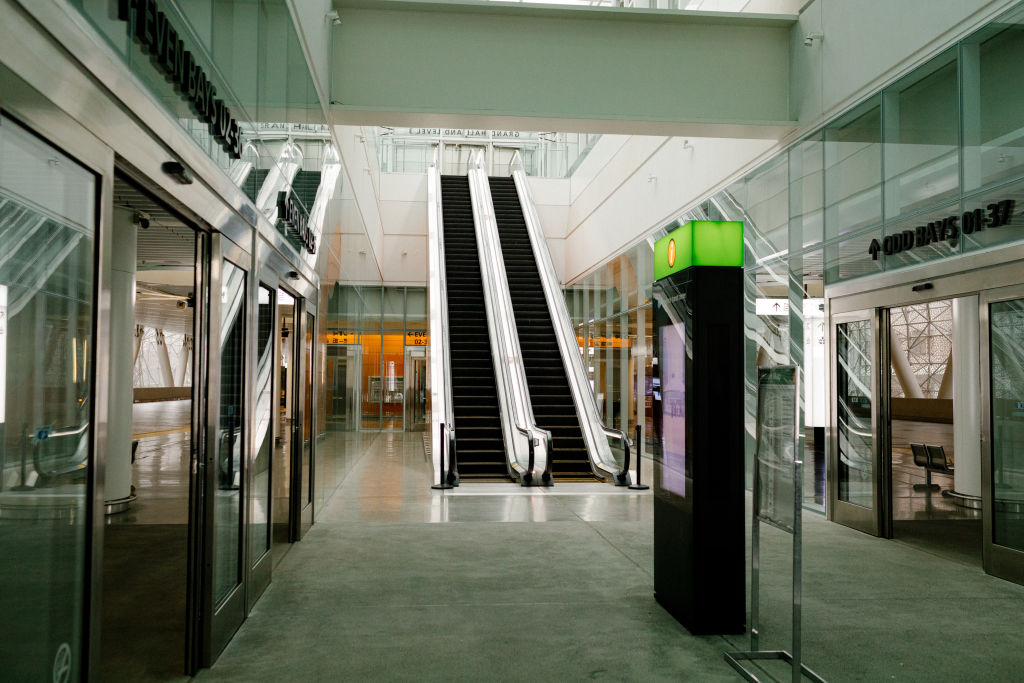
You might have thought that by the end of May, with the pandemic officially over, people would be getting back to the office. But a new report suggests that the share of workers in-office full time is actually shrinking as hybrid work is growing.
The share of people in the office full time dropped to 42% in the second quarter of 2023, down from 49% in the first quarter, according to The Flex Report, which collects insights from more than 4,000 companies employing more than 100 million people globally. Meanwhile, the share of offices with hybrid work arrangements hit 30% in the quarter, up from 20% the previous quarter.
“It certainly looks like hybrid is gaining share,” says Robert Sadow, the CEO and co-founder of Scoop Technologies, which puts out the Flex report. “There’s an adoption cycle like any other technology—you have early adopters and laggards.”
Work is moving toward what Sadow calls “structured hybrid,” in which there are a set number of days that people are required to come into the office. The average minimum days required is 2.53, with both two days and three days being popular, he says. Tuesday is the most popular day required, followed by Wednesday and Thursday. Few offices require a Friday presence, and only 24% require a Monday presence.
Of course, not all companies are going to accept that they can’t get employees to return to offices for which they have to keep paying rent. Both Twitter and Tesla require full-time office attendance, and Apple is reportedly tracking employee attendance and threatening action against staff who don’t come in. Workers at Disney are required to go into the office four days a week, though thousands signed a petition protesting the policy.
Opponents argue that return to office policies disadvantage people of color and women who are discriminated against in person, and make life more challenging for working parents who don’t want to waste hours commuting and can’t afford space near the office in today’s housing market.
The Flex Report suggests that workplace flexibility differs dramatically depending on the company’s industry, size, and location. Nearly two in three companies that have fewer than 500 employees are fully flexible, meaning employees can be remote if they want. By contrast, only 13% of companies with more than 50,000 employees are fully flexible, though 66% do allow for structured hybrid work.
States in the west and northeast parts of the U.S. have the highest share of companies that are fully flexible, with Oregon, Washington, and Colorado topping the list; Arkansas, Alabama and Louisiana had the highest share of companies that are full time in the office.
There are other signs, in addition to the Flex Report, that five-days-a-week return to office plans are not succeeding. The share of days worked from home, at around 30%, appears to have stabilized at about five times what it was before the pandemic, according to research by Nicholas Bloom, a Stanford professor who studies remote work. That could be a good thing for both employees and employers: One Bloom study found that people who worked from home were more productive and one-third less likely to quit than those who didn’t.
Office occupancy in the top 10 most populous U.S. cities was just 49.9% of pre-pandemic levels the first week of May, according to data from Kastle Systems, which tracks keycard swipes across 2,600 buildings. One result of that trend is that consumer spending has plummeted in center cities in places like New York, Los Angeles, and Washington, D.C.—meanwhile, home values in exurbs and suburbs have continued to surge.
The commercial real estate market hasn’t completely tanked yet because many companies are signed into long-term leases. What’s more, the format of structured hybrid work means they can’t dramatically shrink their spaces yet. If every employee comes in three days a week, but they’re the same three days a week, the company still needs the same amount of space as it did before the pandemic. It’s just paying for empty office space on certain days of the week.
Bloom expects the share of people working from home more frequently to only trend upward as technology advances. With better video calls, augmented reality, and virtual reality, there may start to be less of a difference from working in an office and being at home, he says. Office occupancy rates may go up to 55%, he says, but he predicts they’ll start trending down again by the end of 2024.
More Must-Reads from TIME
- Cybersecurity Experts Are Sounding the Alarm on DOGE
- Meet the 2025 Women of the Year
- The Harsh Truth About Disability Inclusion
- Why Do More Young Adults Have Cancer?
- Colman Domingo Leads With Radical Love
- How to Get Better at Doing Things Alone
- Michelle Zauner Stares Down the Darkness
Contact us at letters@time.com



